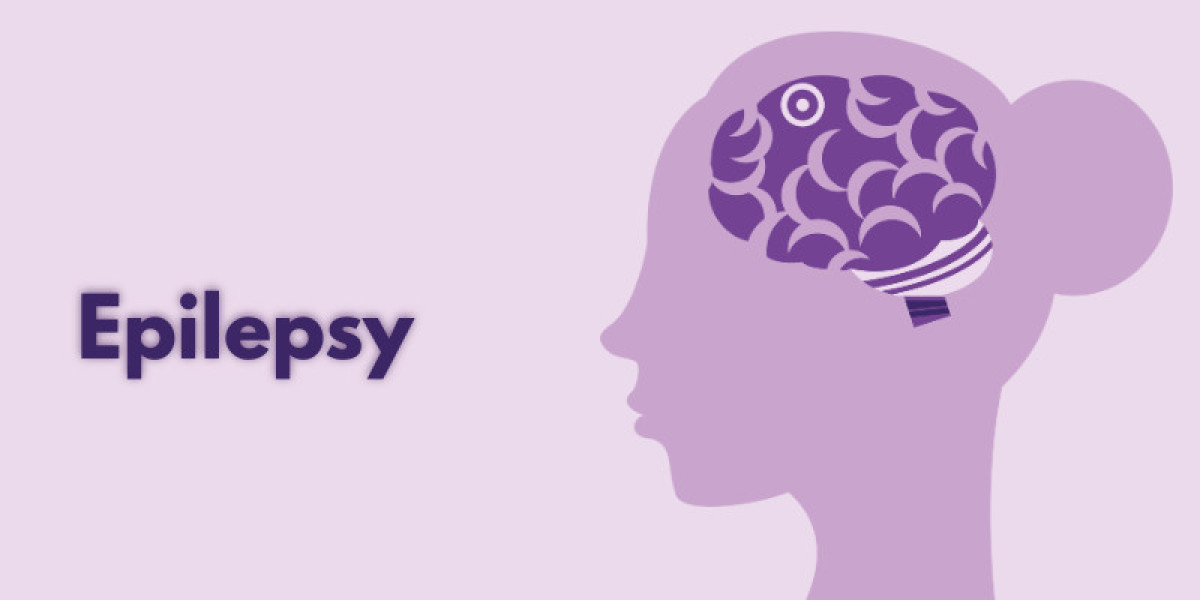Gabapentin 100mg is a prescription drug commonly prescribed to manage several types of neurological disorders, primarily nerve pain, epilepsy, and restless legs syndrome (RLS). The drug falls under the category of anticonvulsants. It is recognized for its broad applicability, mild side effect profile, and efficacy in addressing a wide spectrum of chronic and acute nervous system conditions. Its active substance, gabapentin, acts on the nervous system to soothe hypersensitive nerve impulses.
Gabapentin comes in a variety of brand names such as Neurontin, Gralise, and Horizant, each designed to address a particular medical condition. Let‘s discuss the mechanism of action of Gabapentin 100mg capsules, what makes them helpful in the treatment of conditions affecting the nerves, and what to anticipate when taking them.
1. Understanding Gabapentin 100mg: What It Is and How It Works
Gabapentin 100mg is a low-dose version of the medication gabapentin, often prescribed in the early phases of treatment or for elderly or other sensitive patient populations. It comes in capsule form and functions by changing the manner in which nerves communicate with your brain.
While gabapentin was initially intended as a treatment for epilepsy, physicians found its application for numerous other nerve-related conditions. Gabapentin acts similarly to the neurotransmitter GABA (gamma-aminobutyric acid) but does not bind specifically to GABA receptors. Gabapentin will bind to the alpha-2-delta subunit of voltage-gated calcium channels in the central nervous system, reducing excitatory neurotransmitter release.
This activity results in decreased nerve hyperactivity, which is fundamental when treating conditions such as nerve pain and seizures.
2. Gabapentin 100mg for Nerve Pain (Neuropathic Pain)
What Is Nerve Pain?
Nerve pain, or neuropathic pain, occurs when there is damage or malfunction in the nervous system. It can be caused by conditions such as diabetes, shingles (postherpetic neuralgia), spinal cord damage, or other chronic diseases.
Common symptoms include:
Burning or shooting pain
Tingling or numbness
Hypersensitivity to touch or temperature
How Gabapentin 100mg Helps
Gabapentin 100mg is commonly prescribed for mild to moderate nerve pain, particularly when more potent drugs are not required or as initial therapy. Gabapentin lowers the excitability of nerve cells so that patients feel pain relief without the sedative effects of opioids or tranquilizers.
Physicians can begin with Gabapentin 100mg capsules and titrate the dose based on the response of the patient. 100mg three times a day can already provide significant relief in some patients, particularly when augmented with physiotherapy or other complementary treatments.
Clinical Evidence
Research has indicated that gabapentin significantly reduces symptoms of pain in diabetic neuropathy and postherpetic neuralgia. Pain does not altogether go away, but is manageable enough for patients to get back to their daily lives.
3. Gabapentin 100mg for Epilepsy
What Is Epilepsy?
Epilepsy is a long-term neurological condition characterized by recurrent seizures that result from inappropriate electrical activity in the brain. Seizures can be very variable in their severity and nature, ranging from momentary loss of consciousness to convulsive seizures that involve all parts of the body.
Role of Gabapentin in Epilepsy Management
Gabapentin 100mg is an adjunctive treatment for partial-onset seizures in children over three years and adults. It’s typically added to other anticonvulsants if a single drug does not suffice.
Use of a low dose of 100mg initially minimizes side effects like dizziness or weakness. The dosage can then be titrated upwards under the guidance of a physician to establish seizure control.
Why Gabapentin 100mg?
Gabapentin is preferred for:
Low likelihood of dangerous interactions with other medications
Improved tolerance over traditional antiepileptic medications
Effective control of partial seizures
Children and elderly patients tend to start on Gabapentin 100mg as their nervous systems are more sensitive. Even at this reduced dosage, the drug can start balancing out brain activity and decreasing seizure frequency.
Brand Names for Epilepsy Treatment
Neurontin is commonly used for epilepsy.
Gralise, a daily dose, of course, is not usually for seizures but for postherpetic neuralgia.
Horizant is not approved for epilepsy but focuses on RLS and nerve pain.
4. Gabapentin 100mg for Restless Legs Syndrome (RLS)
What Is RLS?
Restless Legs Syndrome is a neurological disorder that presents with uncomfortable sensations in the legs and an overwhelming urge to move them. Symptoms tend to worsen at night and during rest, greatly impairing sleep.
Gabapentin as a Solution
Gabapentin is FDA indicated for severe to moderate RLS, especially as Horizant (gabapentin enacarbil, an extended-release prodrug of gabapentin). Nevertheless, Gabapentin 100mg in its pure state is also prescribed off-label for mild patients or for those whose response to low doses is great.
Gabapentin 100mg serves to modulate atypical nerve transmission that causes the pains and discomforts in the legs. Its anesthetic effects also help to improve sleep, a primary issue among RLS patients.
Best Practices for Using Gabapentin 100mg for RLS
Typically taken in the evening or 1–2 hours before bed
Can be prescribed together with iron supplements or lifestyle adjustments
Initiating with 100mg minimizes the risk of drowsiness and fatigue during the day
Gabapentin has emerged as a first-line treatment in patients who have not responded to first-line dopamine agonists or for side-effect-sensitive patients on other RLS drugs.
5. Gabapentin 100mg: Dosage, Safety & Side Effects
Recommended Dosage
Gabapentin 100mg is typically taken as an initial dose, and the daily dose is titrated up over a number of days. In nerve pain, epilepsy, or RLS, physicians slowly adjust the dosage to prevent side effects.
| Condition | Starting Dose | Typical Maintenance Dose |
|---|---|---|
| Nerve Pain | 100–300mg/day | 900–1800mg/day in 3 doses |
| Epilepsy | 100–300mg/day | Up to 3600mg/day |
| RLS | 100–300mg 1–2 hours before bed | 600mg/day (Horizant formulation) |
Common Side Effects
Gabapentin 100mg&n








